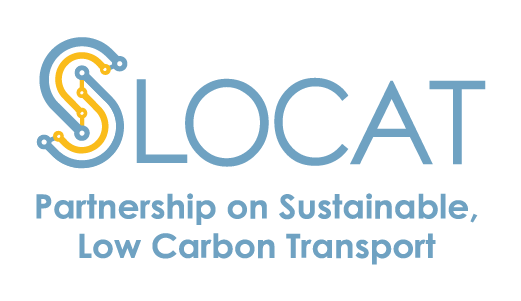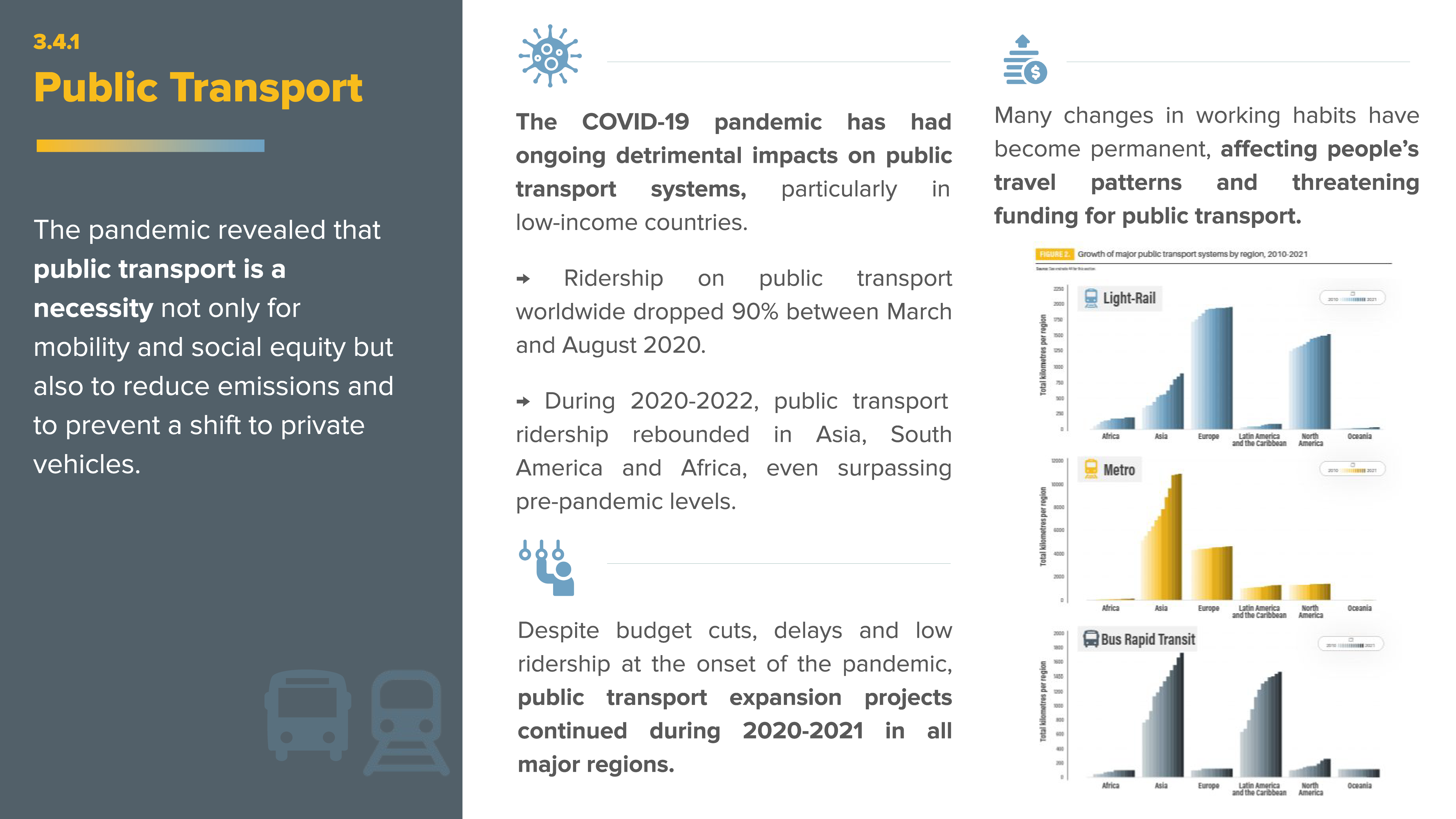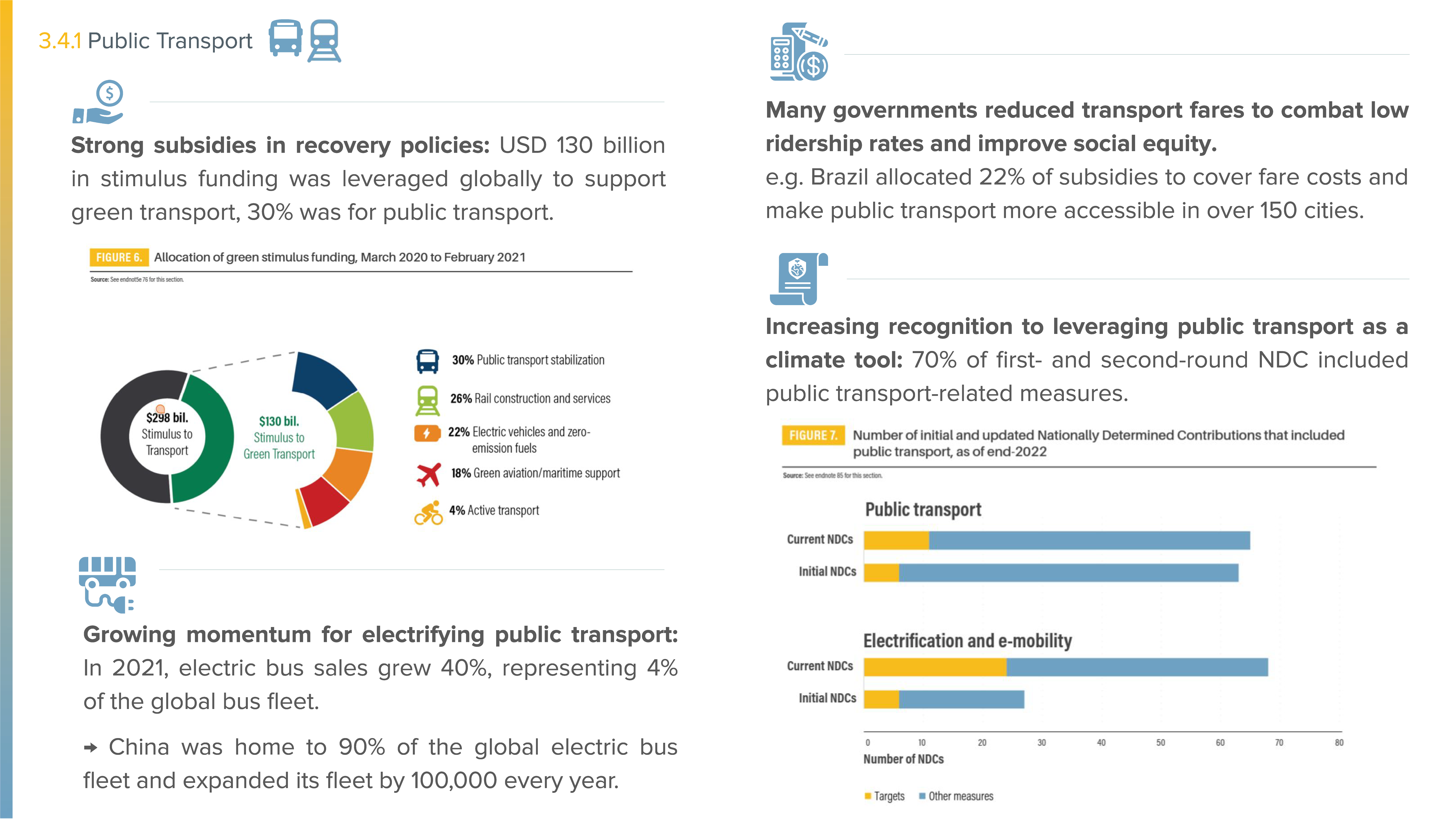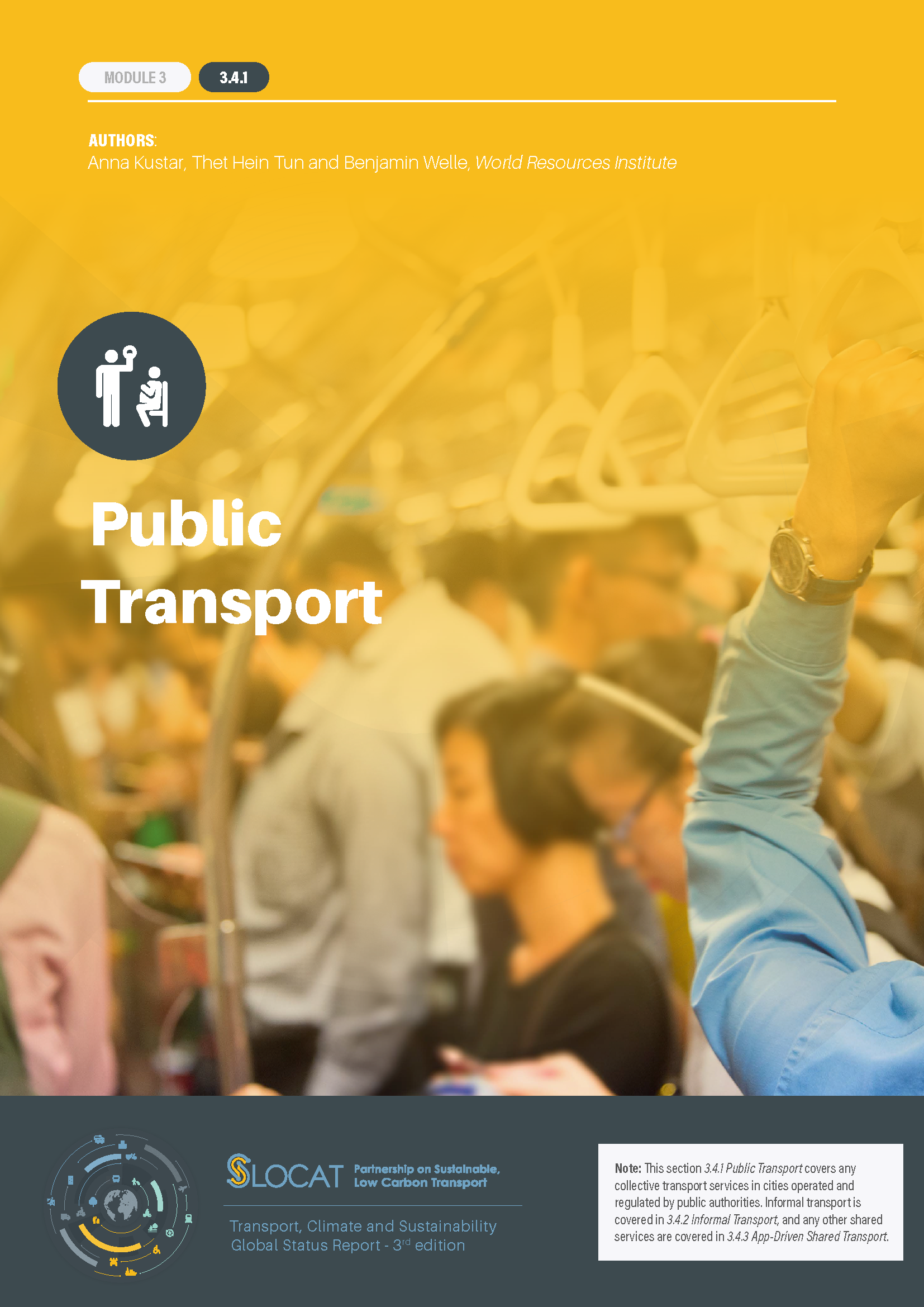-
Public Transport
- Key Findings
- The COVID-19 pandemic has had ongoing detrimental impacts on both mobility and public transport systems globally, with particularly severe impacts in low-income countries.
- As cities and countries opened up to travel and daily commuting, some public transport agencies piloted reduced fares and/or free service to incentivise ridership while maintaining safe and clean conditions.
Demand trends
- Ridership on public transport worldwide dropped 90% between March and August 2020 due to the COVID-19 pandemic but recovered gradually by late 2021.
- In many cases, the initial drop in ridership was not associated with infection rates but rather with people’s fears of infection, as well as government stay-at-home orders. Subsequent declines in ridership were more often linked to infection rates, but as the pandemic persisted the correlation between infection rates and ridership decreased as people returned to regular mobility patterns.
- Many changes in working habits related to the COVID-19 pandemic have become permanent, affecting people’s travel patterns and threatening funding for public transport.
- Among the major public transport modes (bus rapid transit, metro and light rail), metro systems showed the strongest growth between 2015 and 2021. Despite budget cuts, delays, and low ridership, public transport expansion projects continued during 2020-2021 in all major regions, with the opening of dozens of new train, bus, light rail and tram lines.
- Global bus rapid transit networks expanded modestly between 2020 and 2022, with operations starting in six new cities in Brazil, India, Kenya, and the United States, adding nearly 90 kilometres of corridors.
Emission trends
- Passenger emissions from both public transport and private motorised transport decreased dramatically in 2020 due to pandemic-related lockdowns. Commuting and the use of transport fell sharply and urban air quality improved, although essential workers continued to rely on both public and private transport to commute to work.
- To reduce emissions, many cities have introduced electric buses to their transport fleets. However, the largest emission reductions will occur only if the e-buses are charged using renewable rather than fossil fuel-based electricity. In 2021, electric bus sales grew 40% and an estimated 670,000 e-buses were in circulation worldwide, representing around 4% of the global bus fleet.
- China has dominated the e-bus market, hosting around 99% of the global stock in 2017 and expanding its fleet by nearly 100,000 e-buses annually. As of 2021, China remained home to more than 90% of the global fleet and accounted for 91.6% of global electric heavy-duty vehicle sales.
Policy developments
- Early in the COVID-19 pandemic, concerns about high transmission rates on public transport led to strict closures, severe policies, reduced services and social distancing protocols; however, as experts studied the mechanisms of transmission, and as public transport was considered safe, most countries loosened restrictions.
- As travel restrictions eased and as countries enacted economic recovery policies, many governments provided strong subsidies for public transport. Between March 2020 and February 2021, USD 130 billion in stimulus funding was leveraged globally to support green transport, with 30% going towards stabilising public transport and 26% towards rail construction and services.
- Some governments reduced transport fares to combat low ridership rates and to assist low-income populations and those most reliant on public transport.
- Although free access to public transport addresses equity concerns by eliminating the cost barrier, it may not be enough to encourage private vehicle users to shift towards more sustainable urban mobility options.
- As countries recognise the benefits of leveraging public transport as a climate tool, many have included public transport improvement plans in their Nationally Determined Contributions (NDCs) towards reducing emissions under the Paris Agreement.
- In low- to middle-income countries, where most people do not own private vehicles, enhancing public transport is crucial for economic growth and improving living standards, although funding is challenging.
Authors: Anna Kustar, Thet Hein Tun and Benjamin Welle, World Resources Institute



